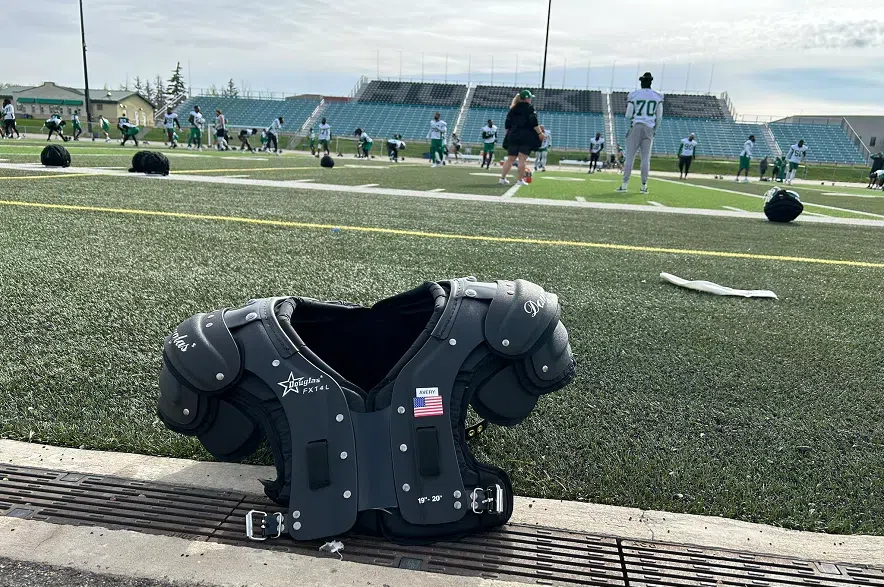Although tax season is a few months away, many people may want to consider taking a second look at their finances right now.
Living Sky Financial senior investment adviser Scott Bjornson says people should always be preparing for tax time.
“It’s a great time to look at (their) situation again and (decide) whether or not (to) buy an RRSP or (put) money into a tax-free savings account,” Bjornson told the Greg Morgan Morning Show on Tuesday. “(Young people can see) how the new first home savings (account) is going to work.”
According to Bjornson, the first home savings account is designed to allow deposits of up to $8,000 per year and it’ll be tax deductible.
“It’s deductible like an RRSP and yet the growth inside the plan and the capital (people) put in will come out tax-free for a down payment for their first home,” he said.
“If (someone uses) an RRSP as a home buyer’s plan, (they) have to pay it back over 15 years, so it’s a bit of a hybrid between a tax-free savings account and an RRSP with a great advantage if (one) can use the money to purchase (their) first home.”
The financial adviser said if the money isn’t used for a down payment on a first-time home purchase, it could be put into an RRSP if there’s room for it.
When comparing TFSAs to RRSPs, Bjornson says RRSPs still make sense because many people don’t have a good pension plan anymore.
“(People) can contribute to (an RRSP) at a higher tax bracket and (draw money from it at a lower) tax bracket,” Bjornson said. “It’s a great form of tax-assisted savings.”
He added the money saved can be used to pay down debt or it can be added to an existing TFSA or RRSP.
As for the threat of a possible recession, Bjornson says although he does think there will be a recession this year, unemployment will most likely remain low.
“Is it going to be long? Is it going to be deep?… Everybody’s debating that right now,” he said. “It looks to be relatively short, relatively shallow (and) mostly self-inflicted from raising interest rates so quickly.”
Bjornson says inflation needs to be brought under control because wages haven’t been keeping up with rising prices.
Even though he doesn’t feel that inflation will be brought down to the Bank of Canada’s target of two per cent, Bjornson expects inflation to start going down in the middle to latter half of the year.
“Certain prices are going to continue to rise and certain prices are probably going to have to fall,” he said.







